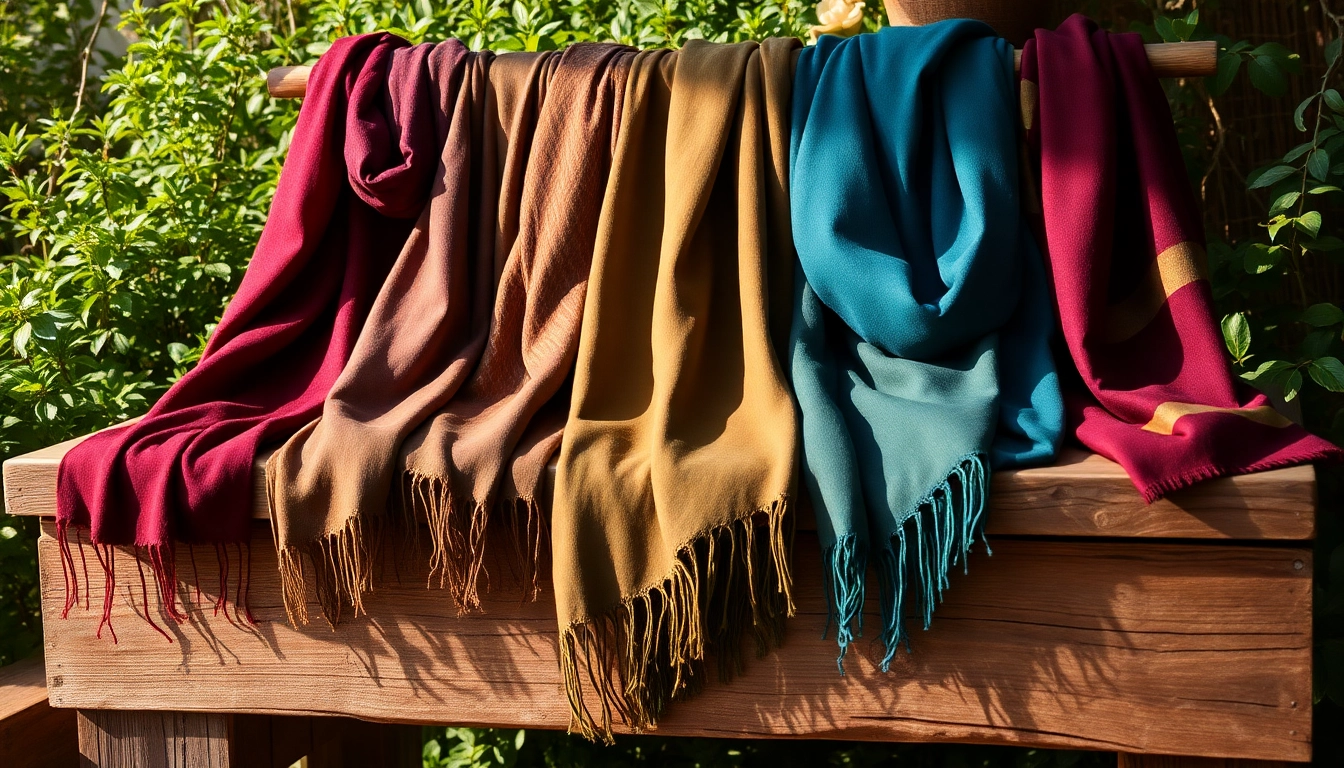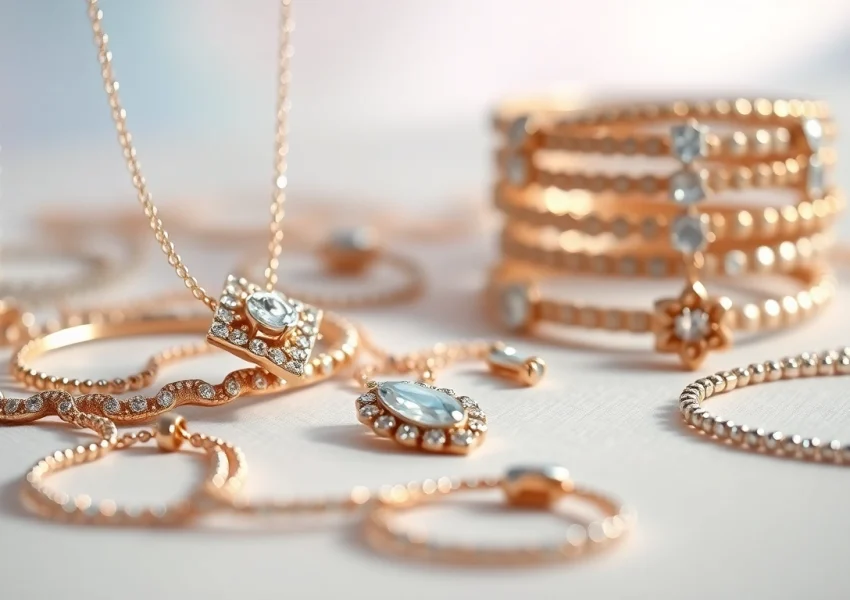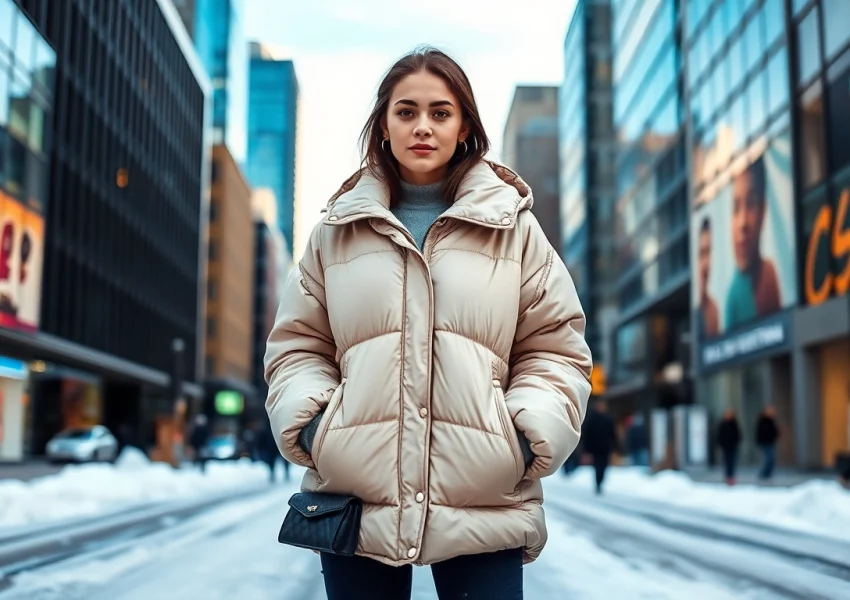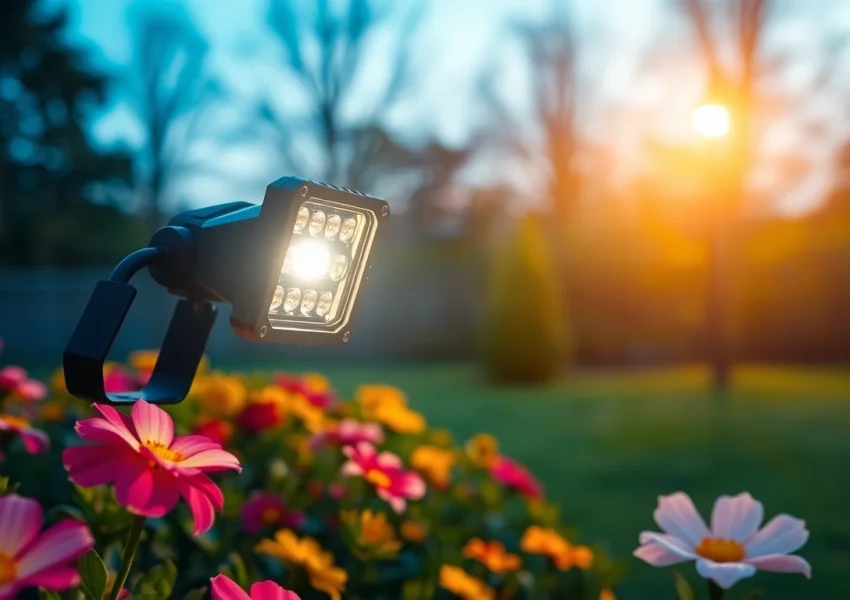Understanding Scarves: A Timeless Fashion Accessory
Scarves have long been cherished as more than just a means of warmth; they are an emblem of style, adaptability, and expression. Throughout history, scarves have served various functions—from practical applications in harsh climates to pivotal roles in the realms of high fashion. This article delves into the multifaceted world of scarves, exploring their rich history, stylish applications, and tips for proper care and selection.
The History of Scarves in Fashion
The origins of scarves can be traced back thousands of years. Initially worn for warmth, scarves were utilized by the Romans in the 2nd century B.C. as a form of neckwear that also served to signify rank. As time progressed through various cultures, scarves transformed into symbols of luxury, often made from the finest materials available.
During the 18th century, scarves made a notable appearance in the wardrobes of European aristocracy, often embellished with intricate patterns and vibrant colors. The silk scarf, in particular, became synonymous with high fashion, showcasing craftsmanship that was both artful and functional. Fast forwarding to the 20th century, scarves were popularized further by iconic figures such as Audrey Hepburn and Grace Kelly, who incorporated them into their elegant aesthetics, thus solidifying their status as timeless fashion accessories.
Types of Scarves: From Function to Fashion
Scarves come in various types, each serving distinct purposes and styling options:
- Fashion Scarves: Made from lightweight materials like cotton or silk, these scarves act as statement pieces to enhance outfits.
- Winter Scarves: Crafted from wool or cashmere, these are thicker and designed to provide warmth during cold months.
- Pashminas: A luxurious type of scarf made from cashmere, perfect for both warmth and style.
- Infinity Scarves: A continuous loop of fabric, these can be wrapped around the neck multiple times for a cozy look.
- Bandana Scarves: Usually square-shaped, these versatile scarves can be worn as headbands, neckpieces, or tied to bags.
Styles and Trends: How to Wear Scarves
With their versatility, scarves can enhance any outfit, making them suitable for both casual and formal occasions. Understanding how to style them can elevate your fashion game dramatically.
Classic Knots and Ties for Everyday Looks
The simplest way to wear a scarf is through classic knots and ties. These basic techniques can add flair and sophistication to your daily attire:
- The French Knot: Ideal for silk or lightweight scarves, this knot is tied around the neck, resulting in a chic and effortless vibe.
- The Loop: A quick and easy method where the scarf is folded in half and threaded through itself, creating a polished look.
- The Once Around: Wrap the scarf around your neck once and let the ends hang down for a relaxed style that balances comfort and elegance.
Layering Techniques with Scarves for Seasonal Fashion
Layering with scarves can be a great way to adapt to changing temperatures. Here are some techniques:
- Chunky Knit Scarves: Pair these with a light jacket for early fall or a wool coat during winter for added texture and warmth.
- Silk Scarves: Wear them under a blazer for pop of color while maintaining a professional look.
- Long Scarves: Style them in a manner that allows them to cascade over your outfit for a visually interesting layered effect.
Unique Ways to Style Scarves for Special Occasions
Scarves can also add a unique touch for special occasions. Consider the following ideas:
- As a Hair Accessory: Use a silk scarf to tie back your hair or create a headband that complements your outfit.
- As a Belt: For a playful touch, use a long scarf as a belt to cinch your waist over a dress or oversized shirt.
- Formal Wrap: Drape a beautifully designed scarf over your shoulders when heading to a formal event for an elegant appearance.
Caring for Your Scarves: Maintenance Tips
Proper care is essential to maintain the quality and longevity of your scarves, regardless of the material.
Cleaning and Storage Techniques for Different Materials
Cleaning methods vary based on the type of fabric:
- Silk Scarves: Handwash in cold water using a gentle detergent or take them to a dry cleaner for a professional touch.
- Wool Scarves: Spot clean when necessary and avoid excessive washing to prevent shrinking.
- Cotton Scarves: Machine washable, but consider air drying to prevent any fabric damage.
For storage, consider folding scarves and keeping them in a drawer lined with tissue paper to maintain their shape or using a scarf hanger to display them aesthetically.
How to Freshen Up Old Scarves
If your scarves have lost their luster, consider the following methods to breathe new life into them:
- Steaming: Use a steamer to remove wrinkles and revitalize the fabric’s appearance.
- Fabric Spray: Lightly spritz with a fabric freshening spray designed for delicate materials.
- Sunlight: Hanging them outside on a sunny day can help remove odors naturally.
Repairing Common Damage on Scarves
Over time, scarves can encounter wear and tear. Here’s how to address common issues:
- Frayed Edges: Use fabric glue or a needle and thread to secure any loose threads.
- Small Tears: Consider sewing them up if you’re handy with a needle or consult a tailor for delicate fabrics.
- Stains: Quickly treat stains with a specific stain solution according to the fabric type to prevent setting.
Shopping for Scarves: Making the Right Choices
With the diverse array of scarves available in the market, knowing how to shop for the right one is crucial. This section covers essential aspects to consider.
Finding the Best Stores for Quality Scarves
When searching for quality scarves, consider shopping at specialized boutiques and well-known department stores that curate high-end or artisan products. Online brands focusing on sustainability also offer a unique selection that often includes handmade items.
Spotting Authentic Designer Scarves
With counterfeit products flooding the market, it’s essential to know how to spot authentic designer scarves:
- Brand Tags: Examine the tags and stitching—authentic brands maintain a standard of quality.
- Material Quality: Feel the fabric—genuine designer scarves are often made from premium materials.
- Check the Price: If the price appears too good to be true, it probably is. Do research on typical pricing for specific items.
Understanding Scarves Pricing: Quality vs. Cost
Understanding what makes a scarf valuable is essential in navigating price ranges:
- Material: High-quality materials such as silk or cashmere will cost more but provide durability and better aesthetics.
- Brand Name: Designer brands come with a premium due to their reputation and craftsmanship.
- Craftsmanship: Handcrafted or limited edition scarves typically fetch higher prices due to their uniqueness.
Accessorizing with Scarves: Tips for All Seasons
Scarves are versatile accessories that can be adapted to any outfit across all seasons.
Pairing Scarves with Outfits for a Cohesive Look
Creating a cohesive look with scarves involves understanding color palettes and fabric pairing. Here are some tips:
- Color Matching: Use complementary colors to create balance. For instance, a vibrant scarf can contrast beautifully with a neutral outfit.
- Pattern Mixing: If wearing prints, ensure that the scarf’s pattern has a similar color scheme to create unity.
- Layering Textures: Pair a soft, lightweight scarf with a structured outfit to add dimension.
Seasonal Scarves: Choosing Styles for Different Weather
Different seasons call for different scarf styles. Let’s break this down:
- Spring: Opt for floral patterns or light fabrics that can enhance springtime outfits without overwhelming warmth.
- Summer: Lightweight, breathable fabrics are key. Consider colorful wraps that can transition into evening wear.
- Autumn: Choose richer colors, chunky knit styles, or pashminas that offer warmth while being fashionable.
- Winter: Thick wool scarves are a must. Look for styles that can wrap multiple times for added warmth while still being stylish.
Creating Signature Looks with Your Favorite Scarves
Your favorite scarves can become signature accessories that define your style. To achieve this:
- Develop a Signature Knot: Choose a unique way to tie your scarves—this could become your trademark style.
- Incorporate Scarves into Your Wardrobe Rotation: Regularly feature your favorite scarves in various outfits to create continuity in your style.
- Invest in Timeless Pieces: Select classic scarf styles that won’t go out of fashion easily, allowing them to remain staples in your wardrobe for years.




